Sartorius muscle
Table of Contents
Sartorius muscle Muscle details
Sartorius derives from the Latin word sartor, meaning tailor, and it is occasionally referred to as the tailor’s muscle.
The sartorius muscle is a thin, long, superficial muscle in the anterior compartment of the thigh. It runs down the length of the thigh, runs over 2 joints—hip and knee joints and is the longest muscle in the human body. An exceptional length of this muscle often exceeds 50cm.
Origin
It originates from the anterior superior iliac spine of the hip bone.
Insertion
It inserts into the proximal end of the tibia below medial condyle.
Nerve supply
The Anterior division of the femoral nerve (L3, L4) innervates the muscle.
Blood supply
Proximal third: branches of femoral artery, deep femoral artery, artery of quadriceps, lateral circumflex femoral artery.
Middle third: branches of femoral artery.
Distal third: branches of femoral and descending genicular arteries.
Action
Hip joint: thigh flexion, thigh abduction, thigh external rotation.
Knee Joint: leg flexion, leg internal rotation.
Exercise of Sartorius’s muscle
Strengthening Exercises
1. Glute Bridge Exercise
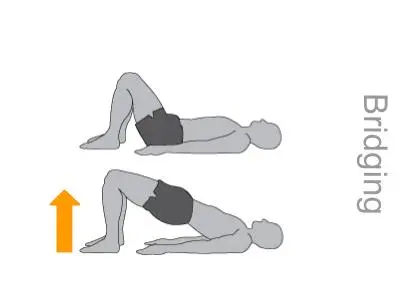
- Lie on your back.
- Bend your knees and shift your heels close to your hips.
- Let your arms rest by your sides and keep your feet planted on the floor.
- Keeping your head, neck, and shoulders on the ground, lift your back and hips as high as possible.
- Hold your core tight and squeeze your glutes. Your shoulders, hips, and knees should be in a straight line.
2. Squats

- Start with your feet slightly wider than hip-width apart.
- Keep your chest up, engage your core muscle, and shift your weight onto your heels as you push your hips back into a sitting position.
- Lower your hips until your thighs are parallel or almost parallel to the floor.
- You should feel the squat in your thighs and glutes.
- Pause with your knees over, but not beyond, your toes.
- Exhale and push back up to the starting position.
Stretching Exercise of the Sartorius Muscle
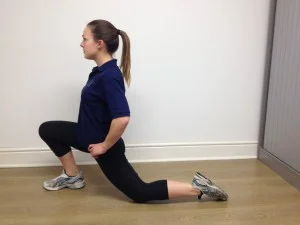
- Kneel with one knee on the ground, the other bent at a 90-degree angle in front of you, with that foot flat on the floor.
- Support yourself against a wall or sturdy piece of furniture, if necessary, to keep your balance.
- Keep your spine upright and your pelvis in a neutral position.
- Lean forward with your spine still completely upright. Clenching your buttock muscles while you do this may help you get a feel for the right motion.
- Hold the stretch for between 10 and 30 seconds, breathing normally as you do so, then slowly release and repeat on the other side.
- Repeat the stretch between two and five times on each leg, so that you hold the stretch for one minute total on each side.
Clinical Relevance
The Pes anserinus refers to the conjoined tendons of the gracilis, semitendinosus, and sartorius. It lies superficial to the tibial insertion of the medial collateral ligament of the knee. Pes anserine bursitis is a condition in which the medial portion of the knee is inflamed. If the bursa underlying the tendons of the sartorius, gracilis, and semitendinosus gets irritated from overuse or injury, a person can develop this ailment.

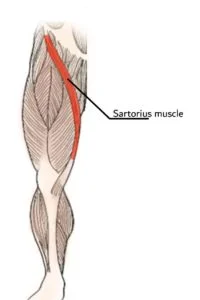
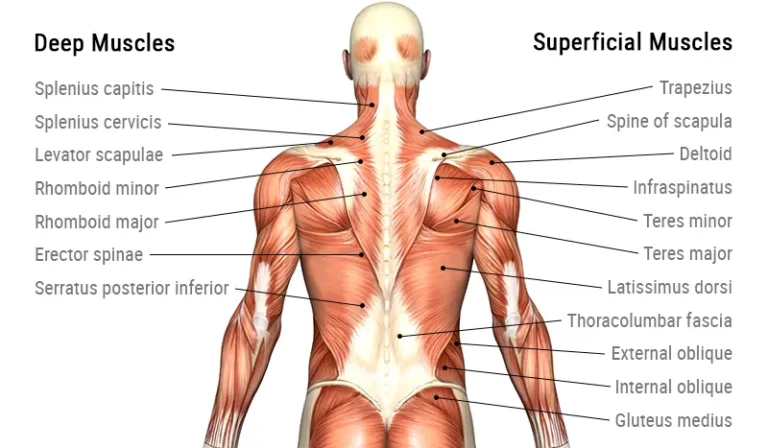
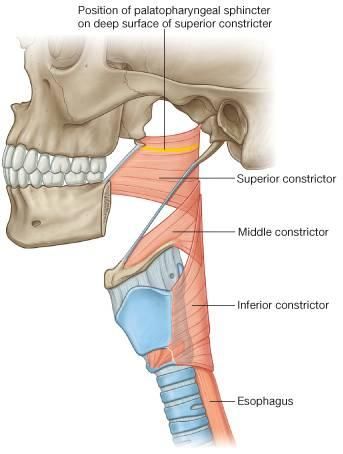
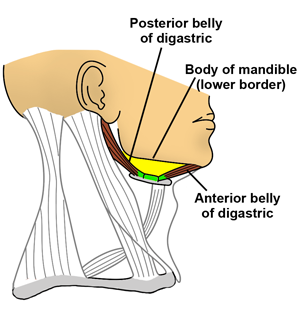
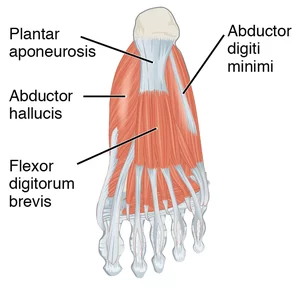
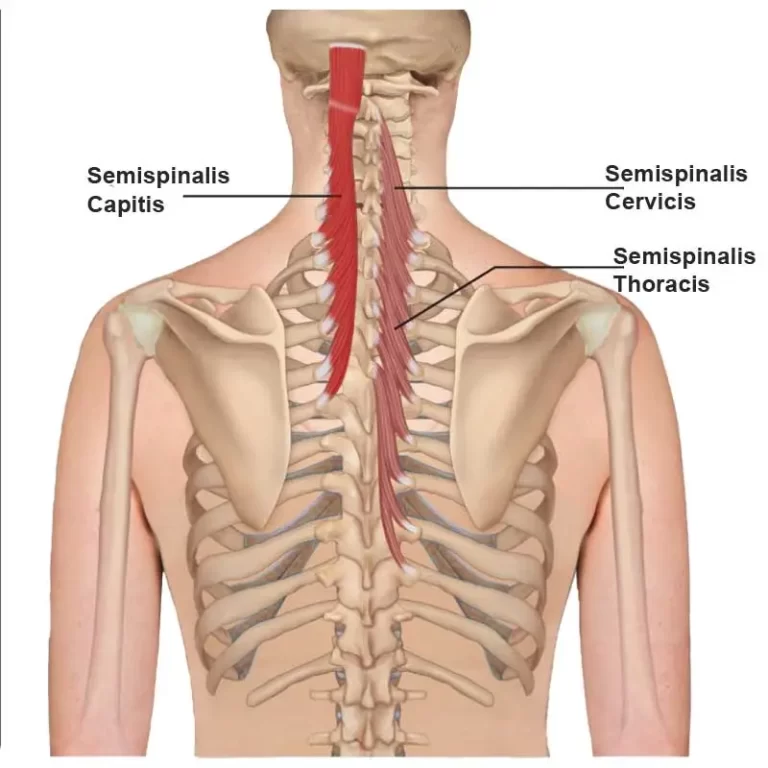
3 Comments